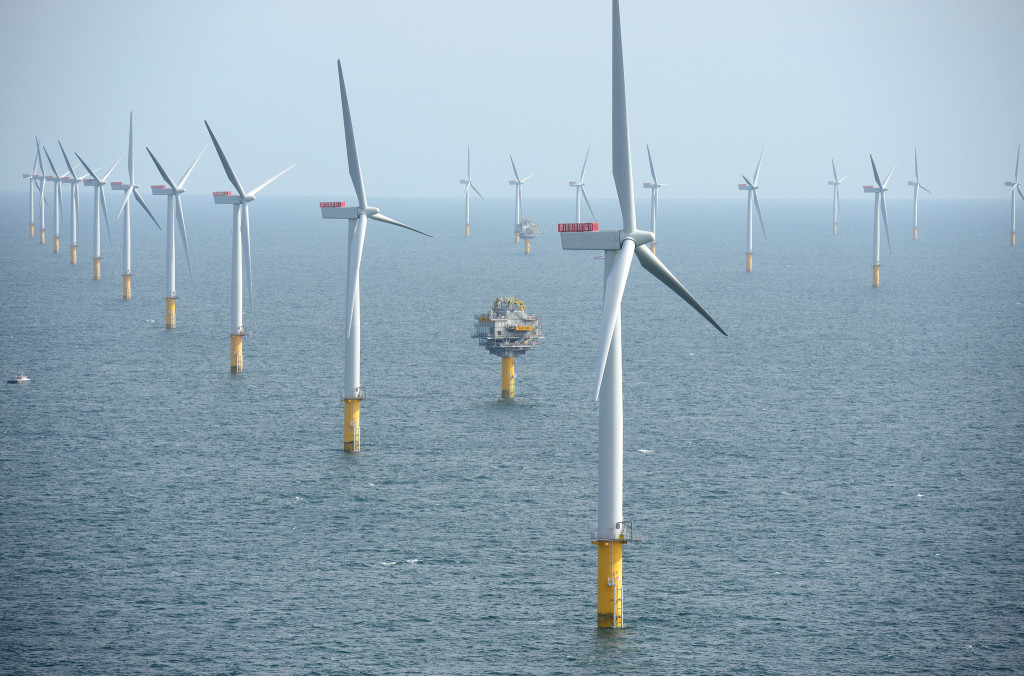Scientists expect engineering challenges for Morro Bay offshore wind farm
December 5, 2022

By JOSH FRIEDMAN
With a lease auction taking place Tuesday for five offshore wind development areas, three of which are off the coast of San Luis Obispo County, experts are raising questions about engineering, cost and regulatory hurdles for the projects. [MIT Technology Review]
The lease sale will mark the first United States auction for commercial-scale floating offshore wind development. It will also be the first-ever lease sale for offshore wind energy on the West Coast.
Last year, the federal Department of the Interior, in coordination with the Department of Defense, identified a 399-square-mile area northwest of Morro Bay as a location that will support three gigawatts of offshore wind. The federal agency also announced it was advancing wind energy projects located offshore of Humboldt County.
Then in May, the Biden Administration announced plans to auction five offshore areas for wind development, three of which are northwest of Morro Bay and two of which are off of Humboldt County. The Department of the Interior publicized a proposed sale notice for the commercial wind energy leases offshore of Morro Bay and Humboldt County, with proposed auction prices starting at $8 million.
Annual average wind speeds around the Morro Bay sites reach 8 to 10 meters per second, exceeding those around some offshore wind farms already built in the North Sea. Wind turbines on the locations up for lease could provide 4.5 gigawatts of electricity to the California grid, enough to power more than 1.5 million homes.
Off Morro Bay and other potential California sites, the winds dip at midday but rise in the early evening, which syncs with consumer demand, unlike the electricity generated by solar farms.
But, the continental shelf drops steeply just a few miles off the California coast. With strong-wind sites far from the shore, there is engineering hurdles.
At nearly 200 feet deep, it becomes impractical for developers to build fixed wind foundations, which are structures that extend to the seafloor. Achieving the state and federal government’s energy targets through building floating wind farms could require creating or upgrading ports, constructing new ships, streamlining permitting processes, building up a West Coast wind manufacturing sector and shifting to new types of platforms that could be cheaper to deliver and install.
Thus far, only a handful of mostly small demonstration projects have been developed, totaling around 125 megawatts, according to a Department of Energy report published earlier this year. The largest floating farm in the world so far is the nearly 50-megawatt Kincardine project off the shores of Scotland.
The Department of Energy report calculated the levelized cost of floating wind power at approximately $200 per megawatt-hour. Levelized costs of energy are the average calculated across a project’s lifetime, taking into account construction and operation expenditures.
Standard offshore wind and land-based wind projects, as well as large scale solar farms, have levelized costs around $80, $30 and $35 per megawatt-hour respectively, according to the US National Renewable Energy Laboratory.
Additionally, there may be a limited total of regulatory-compliant ships that could tow out and plant the assembled floating wind turbines. Under a century-old law, any ship delivering goods or people from one U.S. site to another must be built, owned, and primarily crewed by American citizens.
Likewise, many of California’s ports are too shallow and its bridges too low to accommodate the giant turbines, towers, and platforms, which are much easier to assemble before they’re carried to the offshore site.






The comments below represent the opinion of the writer and do not represent the views or policies of CalCoastNews.com. Please address the Policies, events and arguments, not the person. Constructive debate is good; mockery, taunting, and name calling is not. Comment Guidelines